Variables to think about when shopping for cabinets
aliris19
13 years ago
Related Stories

REMODELING GUIDES9 Hard Questions to Ask When Shopping for Stone
Learn all about stone sizes, cracks, color issues and more so problems don't chip away at your design happiness later
Full Story
GARDENING GUIDESNew Ways to Think About All That Mulch in the Garden
Before you go making a mountain out of a mulch hill, learn the facts about what your plants and soil really want
Full Story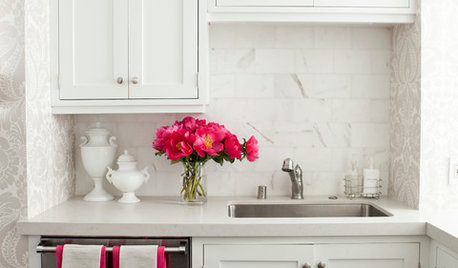
SHOP HOUZZShop Houzz: What’s Hot in the Kitchen? Think Pink
A little hot pink can make a grand statement paired with neutrals in the kitchen
Full Story
LIGHTINGWhat to Know About Switching to LED Lightbulbs
If you’ve been thinking about changing over to LEDs but aren't sure how to do it and which to buy, this story is for you
Full Story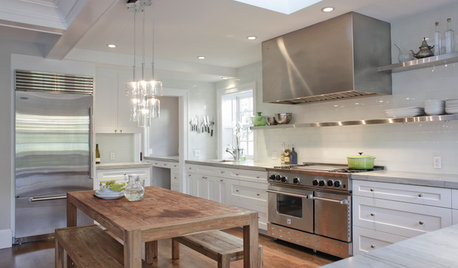
KITCHEN DESIGNCooking With Color: When to Use White in the Kitchen
Make sure your snowy walls, cabinets and counters don't feel cold while you're riding white's popularity peak
Full Story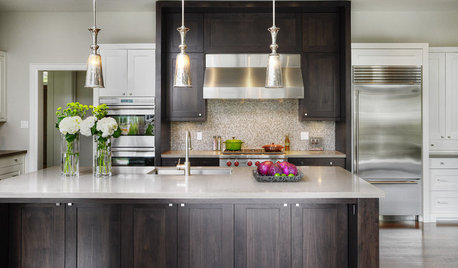
WORKING WITH PROSWhat to Know About Working With a Custom Cabinetmaker
Learn the benefits of going custom, along with possible projects, cabinetmakers’ pricing structures and more
Full Story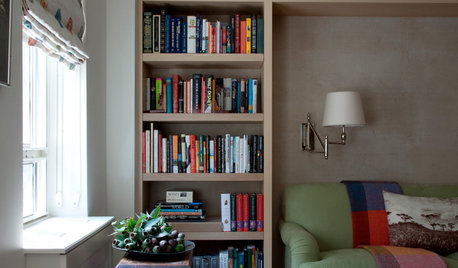
LIFEWhen Design Tastes Change: A Guide for Couples
Learn how to thoughtfully handle conflicting opinions about new furniture, paint colors and more when you're ready to redo
Full Story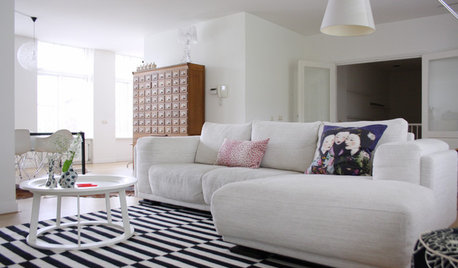
HOUZZ TOURSMy Houzz: 'When We Buy It, It's Forever'
This family is picky about what fills their vintage-chic Netherlands apartment, and the strategy works beautifully
Full Story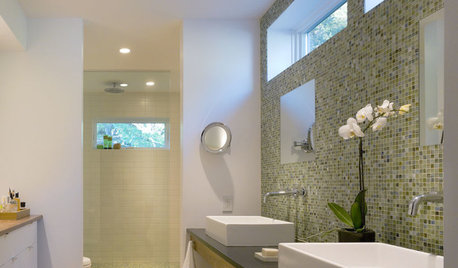
REMODELING GUIDESWhat to Know About Budgeting for Your Home Remodel
Plan early and be realistic to pull off a home construction project smoothly
Full Story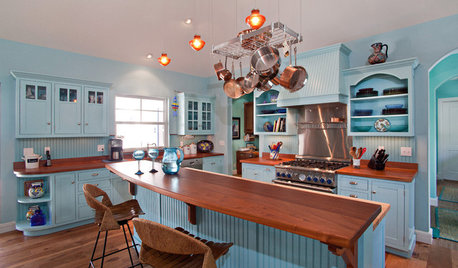
KITCHEN DESIGNHere's Help for Your Next Appliance Shopping Trip
It may be time to think about your appliances in a new way. These guides can help you set up your kitchen for how you like to cook
Full Story





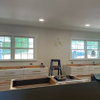

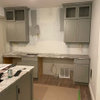
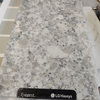
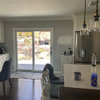
Fori
aliris19Original Author
Related Professionals
Federal Heights Kitchen & Bathroom Designers · Palm Harbor Kitchen & Bathroom Designers · Beverly Hills Kitchen & Bathroom Remodelers · Fair Oaks Kitchen & Bathroom Remodelers · Galena Park Kitchen & Bathroom Remodelers · Islip Kitchen & Bathroom Remodelers · Kendale Lakes Kitchen & Bathroom Remodelers · Paducah Kitchen & Bathroom Remodelers · Pueblo Kitchen & Bathroom Remodelers · West Palm Beach Kitchen & Bathroom Remodelers · Winchester Kitchen & Bathroom Remodelers · Mountain Top Kitchen & Bathroom Remodelers · Richardson Cabinets & Cabinetry · Tenafly Cabinets & Cabinetry · Glassmanor Design-Build Firmscabmanct
aliris19Original Author
kitchenconfidential2
powertoolpatriot
aliris19Original Author
Jon T
aliris19Original Author